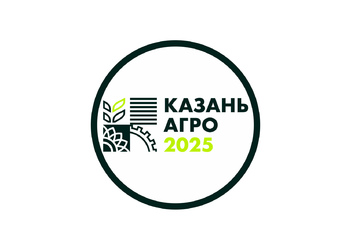https://doi.org/10.25802/SB.2023.66.23.004
Кормин В.П., Гоман Н.В.
ФГБОУ ВО «Омский государственный аграрный университет имени П.А. Столыпина»
e-mail: nv.goman@omgau.org
Аннотация. Изучено влияние регулятора роста Зеребра Агро на продуктивность яровой пшеницы в условиях южных областей Западной Сибири. В полевых опытах 2014–2016 гг. испытывали сорт яровой пшеницы Дуэт, возделываемый на лугово-черноземной почве. Лабораторные опыты проводили в учебно-научной лаборатории диагностики минерального питания и качества сельскохозяйственных культур учебно-опытного хозяйства ФГБОУ ВО «Омский ГАУ». Исследования выполняли по двум предшественникам – пар и первая пшеница после пара. Опыты показали, что регулятор роста существенно повысил урожайность и качество зерна яровой пшеницы. При внекорневой подкормке наиболее оптимальной была доза 150 мл/га, обеспечившая среднюю урожайность по пару 3,09 т/га, по непаровому предшественнику – 2,00 т/га, что соответственно на 0,27 и 0,31 т/га выше по сравнению с вариантом без удобрений.
Ключевые слова: яровая пшеница, урожайность, регулятор роста Зеребра Агро, элементы структуры, качество зерна, лугово-черноземная почва.
The effect of using the growth regulator Zerebra Agro on the yield and quality of spring wheat grain in the conditions of the South of Western Siberia
V.P. Kormin, N.V. Goman
Summary. The aim of research was to study the effect of Zerebra Agro growth regulator on the productivity of spring wheat in the conditions of the South of Western Siberia. Field experiments were carried out in 2014-2016 on the Duet spring wheat variety on meadow-black soil in the fields of an educational and experimental farm, laboratory experiments were carried out in the educational and scientific laboratory for the diagnosis of mineral nutrition and the quality of agricultural crops of the educational and experimental farm of the Omsk State Agrarian University. Studies were carried out on two precursors – fallow and the first wheat after fallow. Experiments have shown that the growth regulator has significantly increased the yield and quality of spring wheat grain. The best when processing crops in the form of foliar top dressing is a dose of 150 ml/ha, at which the average yield was 3.09 t/ha for a fallow, 2.00 t/ha for non-fallow predecessor, which is 0.27 and 0.31 t/ha higher, respectively, compared with the option without fertilizers.
Key words: spring wheat, yield, growth regulator Zerebra Agro, structural elements, grain quality, meadow-black soil.

- Предварительные итоги работы свеклосахарного комплекса в 2024 году
- Агрономсовещание
- Молекулярно-генетическое изучение семян сахарной свеклы, обработанных γ- излучением
- Формирование продуктивности гибридов сахарной свеклы при использовании жидких минеральных удобрений в условиях Южной лесостепи Республики Башкортостан
- Конкурсное сортоиспытание разных групп спелости гибридов кукурузы в условиях Республики Башкортостан



